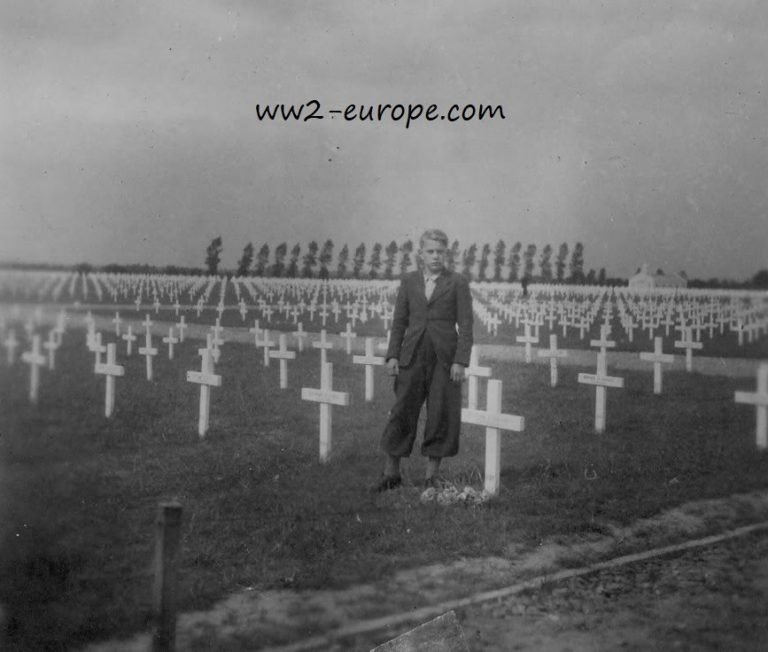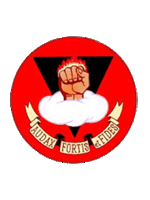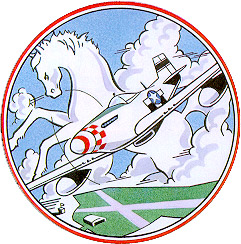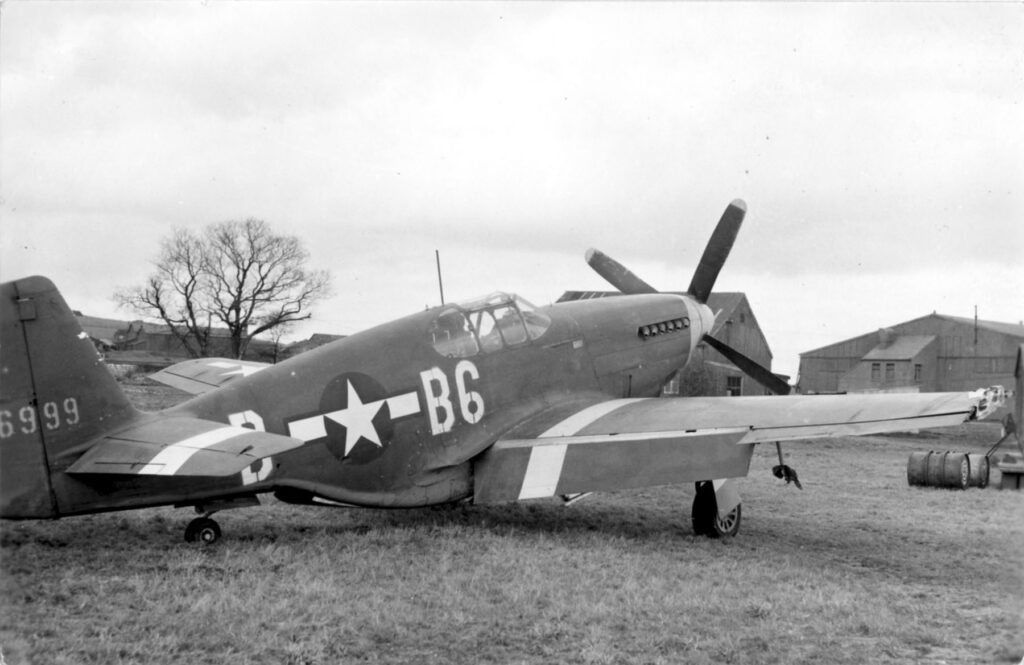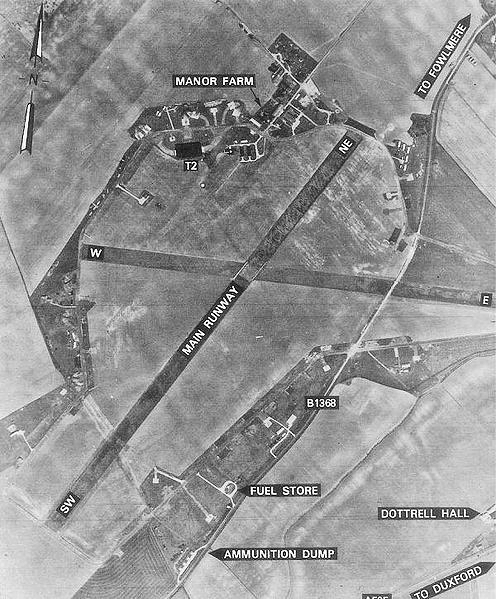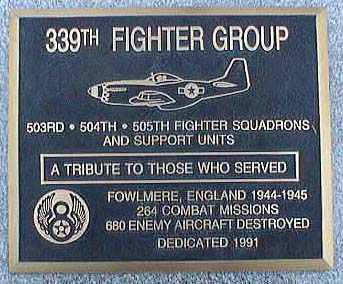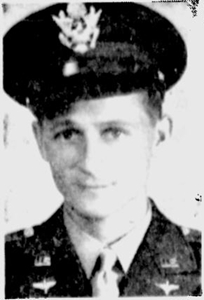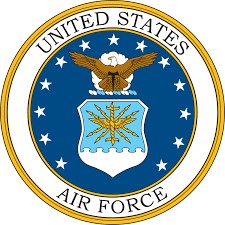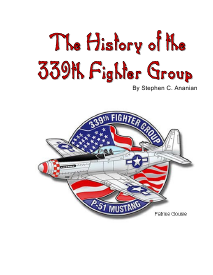Rank and Name, First Lieutenant Edwin C. Ball.
Unit/Placed in, 399th Fighter Group, 505th Fighter Squadron.
Edwin was born approx. on 1919 in Marianna County, Idaho.
Father, Edmund J. Ball.
Mother, Ella M.(Snyder) Ball.
Sister, Dorothy Ball.
Edwin enlisted the service at Idaho with serial number # O-798233.
Edwin C. Ball was a Lieutenant in the 399th Fighter Group.
Edwin was KIA strafing a train at Roulers, Belgium, on Aug. 8, 1944, and he is honored with a Air Medal with 3 Oak Leaf Cluster, Distinguished Flying Cross, Purple Heart, Good Conduct Medal, American Campaign Medal, Army Presidential Unit Citation, European-African-Middle Eastern Campaign Medal, WW II Victory Medal..
Edwin is mentioned at the American Cemetery and Memorial Margraten, Holland.
Thanks to http://www.littlefriends.co.uk/
Jean Louis Vijgen, ww2-Pacific.com and ww2-europe.com.
Air Force Info, Rolland Swank.
ABMC Website, https://abmc.gov
Marines Info, https://missingmarines.com/ Geoffrey Roecker
Seabees History Bob Smith https://seabeehf.org/
Navy Info, http://navylog.navymemorial.org
POW Info, http://www.mansell.com Dwight Rider and Wes injerd.
Philippine Info, http://www.philippine-scouts.org/ Robert Capistrano
National Historian
Navy Seal Memorial, http://www.navysealmemorials.com
Family Info, https://www.familysearch.org
Info, https://www.pacificwrecks.com/
Medals Info, https://www.honorstates.org
Find a Grave, https://www.findagrave.com
Tank Destroyers, http://www.bensavelkoul.nl/
WordPress en/of Wooncommerce oplossingen, https://www.siteklusjes.nl/
Military Recovery, https://www.dpaa.mil/
339th Fighter Group
The 339th Fighter Group arrived at Fowlmere from Rice AAF, California on 4 April 1944. The group was under the command of the 66th Fighter Wing of the VIII Fighter Command. Aircraft of the group were identified by a red/white chequerboard pattern.
The group consisted of the following squadrons:
- 503d Fighter Squadron (D7)
- 504th Fighter Squadron (5Q)
- 505th Fighter Squadron (6N)
The 339th FG Began operations with a fighter sweep on 30 April. The unit engaged primarily in Boeing B-17 Flying Fortress/Consolidated B-24 Liberator escort duties during its first five weeks of operations, and afterwards flew many escort missions to cover the operations of medium and heavy bombers that struck strategic objectives, interdicted the enemy’s communications, or supported operations on the ground.
The group frequently strafed airfields and other targets of opportunity while on escort missions. the 339th received a Distinguished Unit Citation for operations on 10 and 11 September 1944. On the first of those days, when it escorted bombers to a target in Germany and then attacked an aerodrome near Erding, the group destroyed or damaged many enemy planes despite the intense fire it encountered from anti-aircraft guns and small arms. The following day the bomber formation being escorted to Munich was attacked by enemy fighters, but members of the 339th group destroyed a number of the interceptors and drove off the others and at the same time, other members of the 339th were attacking an airfield near Karlsruhe, where they encountered heavy fire but were able to destroy or damage many of the aircraft parked on the field.
The 339th provided fighter cover over the English Channel and the coast of Normandy during the invasion of France in June 1944. Strafed and dive-bombed vehicles, locomotives, marshalling yards, anti-aircraft batteries, and troops while Allied forces fought to break out of the beachhead in France. Attacked transportation targets as Allied armies drove across France after the breakthrough at Saint-Lô in July. Flew area patrols during the airborne attack on the Netherlands in September. Escorted bombers to, and flew patrols over the battle area during the German counterattack in the Ardennes (Battle of the Bulge), December 1944-January 1945. Provided area patrols during theassault across the Rhine in March 1945.
Among all these varied activities, the outstanding feature of this group’s combat record is the large number of enemy aircraft it destroyed in the air or on the ground during its one year of operations.
HISTORY:
Constituted as 339th Bombardment Group (Dive) on 3 Aug 1942 and activated on 10 Aug. Equipped with A-24’s and A-25’s; converted to P-39’s in Jul 1943. Redesignated 339th Fighter-Bomber Group in Aug 1943. Trained and participated in maneuvers. Moved to England, Mar-Apr 1944. Assigned to Eighth AF and equipped with P-51’s. Began operations with a fighter sweep on 30 Apr. Redesignated 339th Fighter Group in May 1944. Engaged primarily in escort duties during its first five weeks of operations, and afterwards flew many escort missions to cover the operations of medium and heavy bombers that struck strategic objectives, interdicted the enemy’s communications, or supported operations on the ground. Frequently strafed airdromes and other targets of opportunity while on escort missions. Received a DUC for operations on 10 and 11 Sep 1944. On the first of those days, when it escorted bombers to a target in Germany and then attacked an airdrome near Erding, the group destroyed or damaged many enemy planes despite the intense fire it encountered from antiaircraft guns and small arms. The following day the bomber formation being escorted to Munich was attacked by enemy fighters, but members of the 339th group destroyed a number of the interceptors and drove off the others; at the same time, other members of the 339th were attacking an airdrome near Karlsruhe, where they encountered heavy fire but were able to destroy or damage many of the aircraft parked on the field. The group provided fighter cover over the Channel and the coast of Normandy during the invasion of France in Jun 1944. Strafed and dive-bombed vehicles, locomotives, marshalling yards, antiaircraft batteries, and troops while Allied forces fought to break out of the beachhead in France. Attacked transportation targets as Allied armies drove across France after the breakthrough at St Lo in Jul. Flew area patrols during the airborne attack on Holland in Sep. Escorted bombers to, and flew patrols over the battle area during the German counterattack in the Ardennes (Battle of the Bulge), Dec 1944-Jan 1945. Provided area patrols during the assault across the Rhine in Mar 1945. Among all these varied activities, the outstanding feature of this group’s combat record is the large number of enemy aircraft it destroyed in the air or on the ground during its one year of operations. Returned to the US in Oct. Inactivated on 18 Oct 1945.
SQUADRONS: 505th (formerly 484th): 1942-1945.
STATION: Fowlmere, England, 4 Apr 1944-Oct 1945
